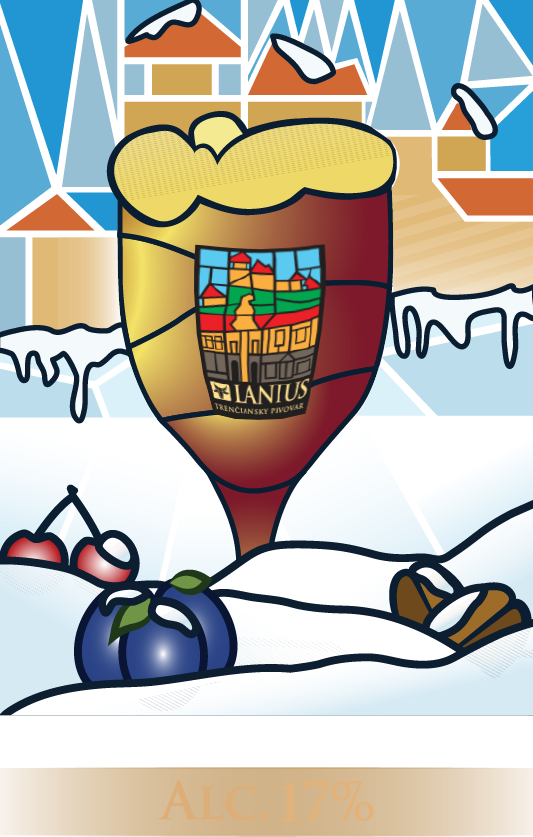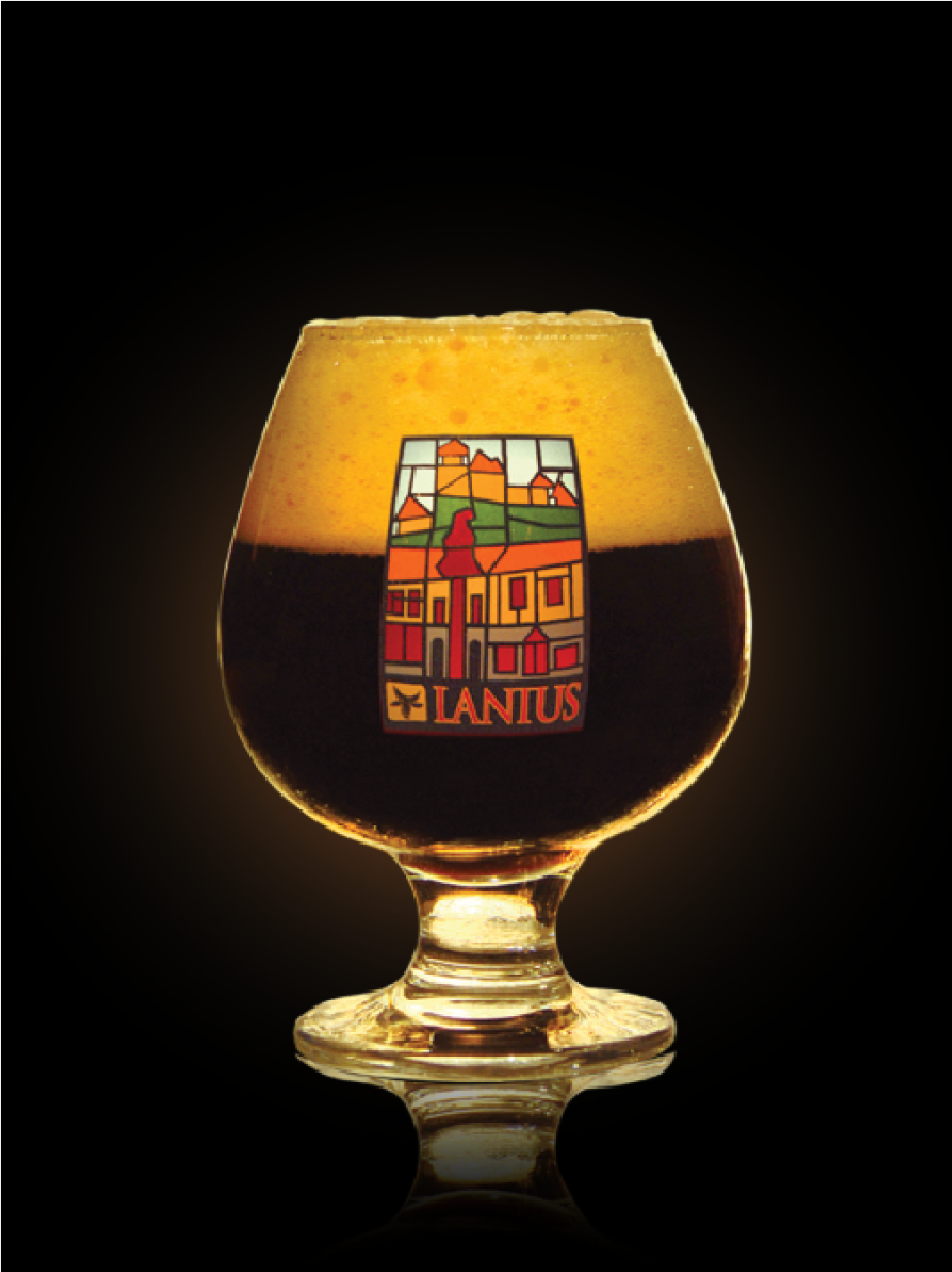
Je mnoho príbehov o tom, ako vzniklo vymrazované pivo. Väčšina opisuje náhodné objavenie princípu vymrazenia vody z piva. Či sa už jedná o trestuhodné ponechanie sudov s Doppelbockom cez noc na mraze, nočný prevoz piva pri bombardovaní pivovaru, či budeme veriť tomu, že objaviteľmi vymrazovaného piva boli už starí Vikingovia, faktom ostáva, že prvý, kto začal priemyselne vyrábať nový pivný štýl s názvom Eisbockbol pivovar z nemeckého mesta Kulmbach, Kulmbacher. Dej, vďaka ktorému sa pri nízkych teplotách odstraňuje voda z piva takzvaným vymrazovaním, koncentruje nielen alkohol, ale aj všetky chuťové zložky pôvodného piva a tak vzniká úplne nový chuťovo výrazný produkt. Náš Lanius Eis sme uvarili ako silný jantárový Doppelbock, ktorý sme použili v procese vymrazovania. Je to veľmi pracný a zdĺhavý proces a na vymrazenie jedného litra nášho Eisu sme museli použiť až 6 litrov pôvodného piva. Ale stálo to zato! V chuti sú rozpoznateľné sušené slivky, višne, figy, čokoláda, karamel, hrozienka, orechy, mandle, všetko podporené celkovo príjemne sladkou chuťou s alkoholovou hrejivosťou a penou pripomínajúcou kúsok tiramisu… Toto je náš Eis.
There are many stories of how the frozen distilled beers were born. The most of them is describing coincidental discovery of freezing out water from beer. If it be a reprehensible leaving of Doppelbock casks outside for a night to freeze, a brisk nighttime transportation of the beer during a bombardment of a brewery, or if we decide to believe that the founders of this process were already the ancient vikings, it is still a fact, that first one who began with mass production of a new beer style called Eisbock was Kulmbacher brewery from the German town of Kulmbach. The process, thanks to which at low temperatures is water removed from the beer during frozen distillation concentrates not only alcohol, but all aromatising substances as well, giving birth to a brand new product. We brewed our Lanius Eis as a strong amber Doppelbock which we then frozen distilled. It is a very laborious and timeconsuming process and in order to get 1 litre of our Eis, we must have used 6 litres of original beer. But it has been worth it! In taste, there are distinguishable aromas of dried plums, sour cherries, figs, chocolate, caramel, raisins, nuts, almonds, all this supported by an overall pleasant sweetness with an alcoholic warmth and a head resembling a piece of tiramisu. This is our Eis.

